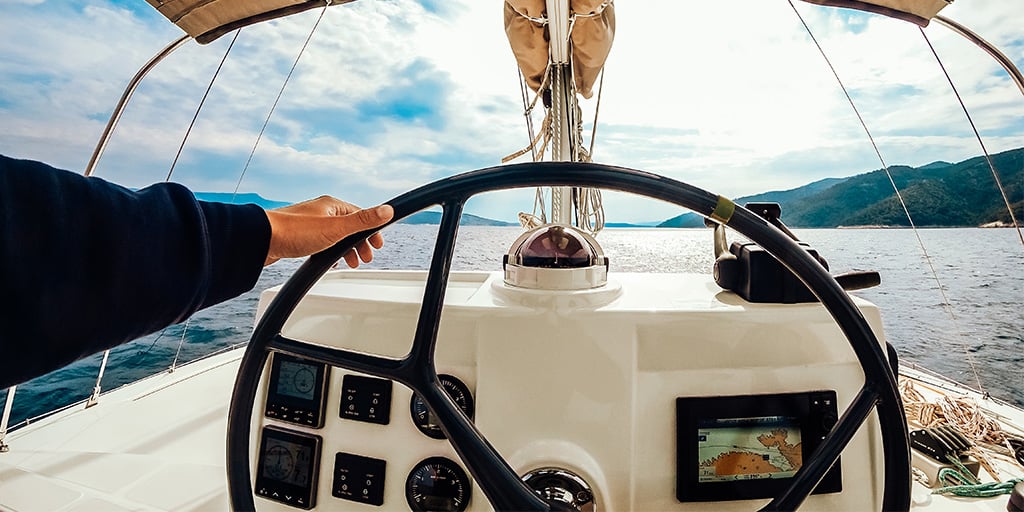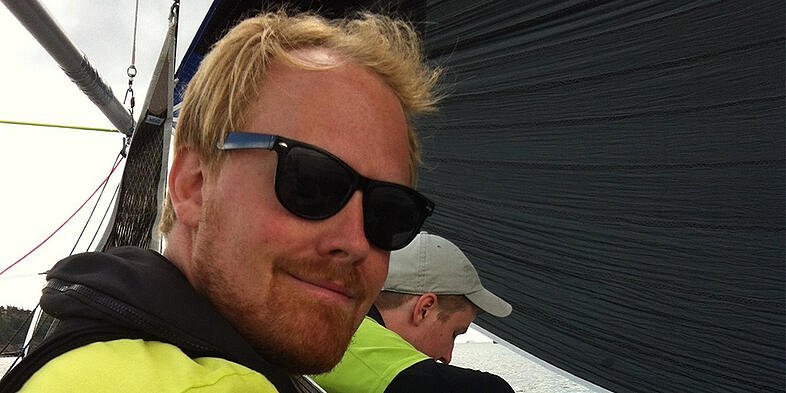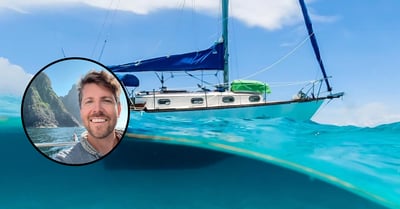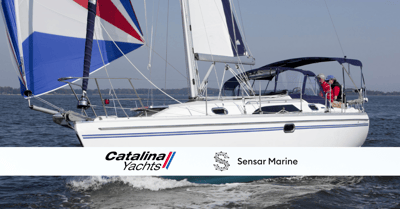The debate about how to monitor and control the functionality of your boat is more relevant and interesting than ever. Marine data networks and multi-function displays create endless possibilities to change and improve the user experience. Unfortunately, there are also many possible UX-pitfalls for boatbuilders with the current level of technology.
A conservative boating industry compared to the car industry
The Boating industry is known to be conservative, to put it mildly. People inside and outside the marine industry often moan that boats are “ten years behind” the automotive industry in implementing new technology. This is absolutely spot-on if you look to the extent a car utilizes data to control and monitor functionality compared to boats.
Nearly everything on a car is turned on or off by a data message telling a digital switch what to do. This is for example what enables you to choose in the car’s software what's going to happen when you unlock your car with the remote on your key. When you approach it will be waving its mirrors, lighting up in various ways and moving the driver seat so you can get in comfortably.
Your boat, on the other hand? Most likely not.
You are much more likely instead to balance your way around a slippery deck struggling to hold a set of keys - an ugly dance to say the least - and when you finally make it inside, your boat comes to life only after you stressed out your back to reach its manual main switch

Lack of financial motivation for development
Looking at the example above it's easy to understand how eager boaters and boat manufacturers are to implement modern technology. This is where things get slightly more complicated and ultimately lead to major challenges in UX-design. “How hard can it be?” you might ask. The reason for complexity could be spelled Software and R&D.
The biggest struggle for boat manufacturers is that the vast majority don´t build at the volumes that can financially motivate them to create their own software and hardware to make the user experience complete. They are in the hands of marine electronics manufacturers.
For major car manufacturers, however, software is becoming as important as the car's exterior design to be competitive.
Just look at Tesla. Did you know that Tesla spent almost 1,5 billion dollars on research and development in 2020? Software development is a significant part of that.
Large companies lead the development and create challenges
The data network is in some form already in place in most modern boats, big and small. The marine standard for can-bus technology, NMEA2000, has been around for two decades now. Digital switching is becoming more and more common in pleasure boats and over the next few years nearly all equipment such as trim-tabs and heaters will be connected to the boat´s network.
Today, the multi-function display manufacturers, primarily manufacturers such as Navico, Raymarine and Garmin largely own this space. As a boat manufacturer you can provide them with a technical file so that they can design nice layouts for your boat´s main screen to be used for monitoring and control of the connected equipment. So far so good.
There are however a few challenges when doing it this way:
- The boat manufacturer, who generally has little knowledge about UX or software design must set the specification of requirements for the programmer of their system to use. For every possible configuration of their boats. This has often led to silly pitfalls.
- The major display manufacturers must to some extent have a ”one size fits all” approach. The software must work for a 130-foot yacht with over 100 nodes on the network and be able to scale down to a 20-foot bowrider with five nodes. This has proven to be difficult.
- A multi-function display is not always optimal in a marine environment. The before mentioned display manufacturers do not specialize in key-pad or button manufacturing, but they own the digital switching infrastructure. Non-digital buttons must be implemented and programmed separately.
It's undoubtedly an exciting road ahead for marine tech! Some ambitious projects, like Sensar Marine from Sensar Marine who aims to solve the issue with remote monitoring and control of your vessel, have been launched with promising early results.
My challenge to them and others? Make sense of the data and focus on what the boat owner really needs.
Empower boaters with the same high level of UX in their boats as they are used to in their cars. And don't make me wait another 10 years please.
About the author
Erik Wickgren is the COO of Viggo Boats and Öregrundsvarvet. He has a great interest in the marine industry and the transition to more sustainable boating life. Previously, he was Territory Key Account Manager in Northern Europe for Navico, which produces Simrad, B&G, and Lowrance. He has been active in the vocational college as a board member for the education "Marine Techniques", and is previously a teacher in the course "Navigation System and Marine Computer Network". He has had his own companies in the boating industry since 2005, but today he makes small investments in marine startups

Latest news
Read the latest news

YouTuber Sam Holmes Installs His Sensar Marine Boat Monitor
Globetrotting sailor Sam Holmes recently installed a Sensar Marine Boat Monitor on his sailboat "Pickled Herring". Sam Holmes is a YouTube Content creator who shares his experiences sailing around the world and educating his audience. As someone who...
Read Article

Sensar Marine Teams up With Catalina Yachts
Sensar Marine, the leading boat monitoring solution, is teaming up with Catalina Yachts, the largest sailboat builder in the U.S., to make the Sensar Marine Boat Monitor a standard feature on all 2025 Catalina sailboats over twenty-two feet long....
Read Article


